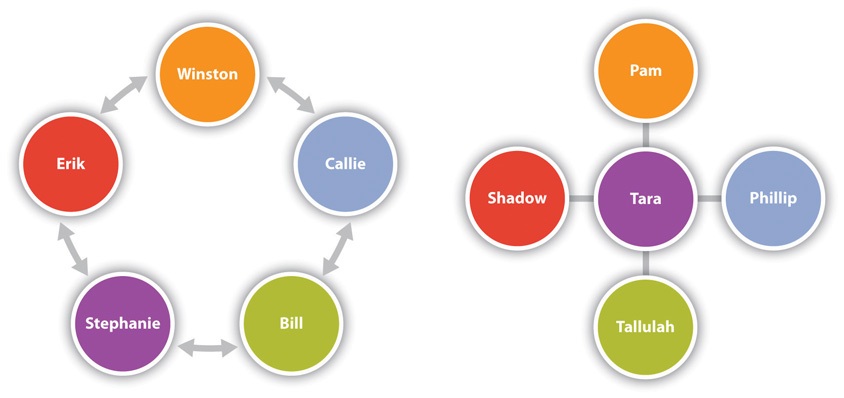Level of Abstraction
The ladder of abstraction is a model used to illustrate how language can range from concrete to abstract. As we follow a concept up the ladder of abstraction, more and more of the “essence” of the original object is lost or left out, which leaves more room for interpretation, which can lead to misunderstanding. This process of abstracting, of leaving things out, allows us to communicate more effectively because it serves as a shorthand that keeps us from having a completely unmanageable language filled with millions of words—each referring to one specific thing. S. I. Hayakawa and Alan R. Hayakawa, Language in Thought and Action, 5th ed. (San Diego, CA: Harcourt Brace, 1990), 85–86. But it requires us to use context and often other words to generate shared meaning. Some words are more directly related to a concept or idea than others. If I asked you to go take a picture of a book, you could do that. If I asked you to go and take a picture of “work,” you couldn’t because work is an abstract word that was developed to refer to any number of possibilities from the act of writing a book, to repairing an air conditioner, to fertilizing an organic garden. You could take a picture of any of those things, but you can’t take a picture of “work.”
Figure 3.2 Ladder of Abstraction

Source: Adapted from S. I. Hayakawa and Alan R. Hayakawa, _Language in Thought and Action, 5th ed. (San Diego, CA: Harcourt Brace, 1990), 85._
You can see the semanticist S. I. Hayakawa’s classic example of the abstraction ladder with “Bessie the cow” in Figure 3.2 "Ladder of Abstraction". S. I. Hayakawa and Alan R. Hayakawa, Language in Thought and Action, 5th ed. (San Diego, CA: Harcourt Brace, 1990), 85. At the lowest level, we have something that is very concrete. At this level we are actually in the moment of experiencing the stimuli that is coming in through our senses. We perceive the actual “thing,” which is the “cow” in front of us (either in person or as an image). This is concrete, because it is unmediated, meaning it is actually the moment of experience. As we move up a level, we give the experience a name—we are looking at “Bessie.” So now, instead of the direct experience with the “thing” in front of us, we have given the thing a name, which takes us one step away from the direct experience to the use of a more abstract symbol. Now we can talk and think about Bessie even when we aren’t directly experiencing her. At the next level, the word cow now lumps Bessie in with other bovine creatures that share similar characteristics. As we go on up the ladder, cow becomes livestock, livestock becomes an asset, and then an asset becomes wealth. Note that it becomes increasingly difficult to define the meaning of the symbol as we go up the ladder and how with each step we lose more of the characteristics of the original concrete experience.
When shared referents are important, we should try to use language that is lower on the ladder of abstraction. Being intentionally concrete is useful when giving directions, for example, and can help prevent misunderstanding. We sometimes intentionally use abstract language. Since abstract language is often unclear or vague, we can use it as a means of testing out a potential topic (like asking a favor), offering negative feedback indirectly (to avoid hurting someone’s feelings or to hint), or avoiding the specifics of a topic.